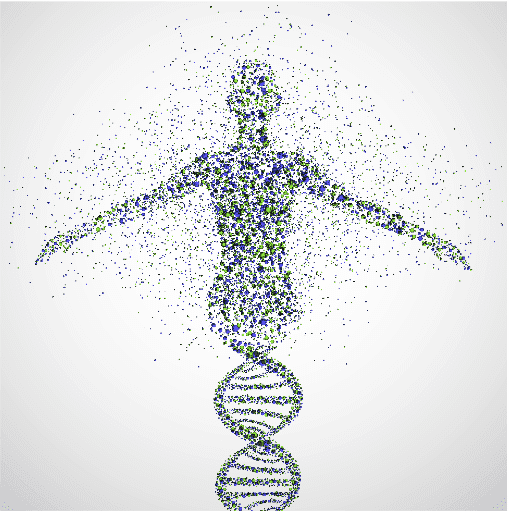Whole Exome Testing
 Whole Exome Testing is the process of processing the whole coding area of the genome. It is intended to explore all of the genome's coding regions and splice junctions. This technique can be used to classify differences in any gene's nutrient region, rather than just a few. Since the majority of identified disease-causing mutations occur in exons, the whole genome sequence is more successful than full genome sequencing. WES detects variations in a patient's DNA by concentrating on the most detailed areas of the genome – the exome.
Whole Exome Testing is the process of processing the whole coding area of the genome. It is intended to explore all of the genome's coding regions and splice junctions. This technique can be used to classify differences in any gene's nutrient region, rather than just a few. Since the majority of identified disease-causing mutations occur in exons, the whole genome sequence is more successful than full genome sequencing. WES detects variations in a patient's DNA by concentrating on the most detailed areas of the genome – the exome.
WHY WHOLE EXOME TESTING?
This approach identifies differences in the protein-coding range of any gene, rather than only very few variants. Since the majority of identified disease-causing mutations occur in exons, this test is considered to be an effective tool for identifying potential disease-causing mutations.
ADVANTAGES/BENEFITS:
-Detects variants in a broad variety of applications.
-Complete coverage of coding regions is achieved.
-Offers a less expensive alternative to whole-genome sequencing.
When opposed to whole-genome methods, produces a smaller, more manageable data collection for quicker, simpler data processing.
WHY SCIGENOMICS NEXTGEN HEALTHCARE?
For different nextgen health requirements from cell therapy, genetic research and anti-ageing services, Scigenomics is a stop approach. It has integrated with several established healthcare firms to provide the latest research and procedures using prominent new-age technologies.
what is whole genome sequencing ?
Whole-genome sequencing has become a valuable method for genomics research due to rapidly falling sequence procedure costs and the capacity of today's sequencers to yield vast quantities of data. WGS is a process for examining whole genomes. Classification of genetic illnesses, characterising the genes that cause cancer development, and monitoring disease outbreaks have all benefited from genomic knowledge.



